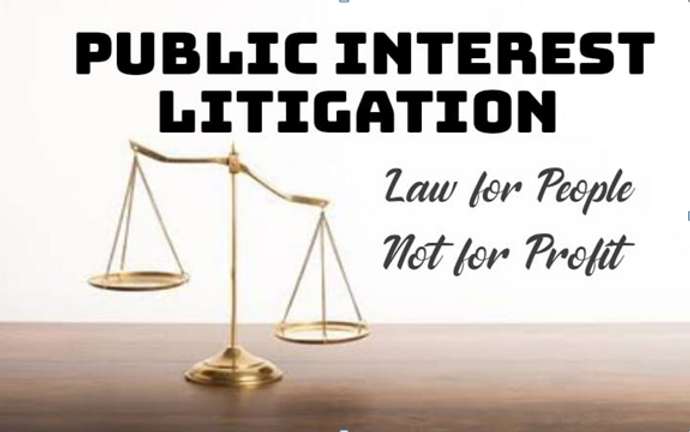
PIL full form is Public Interest Litigation. Public Interest Litigation (PIL) is a legal mechanism that enables individuals or groups to approach the courts on behalf of the public interest or the welfare of a larger section of society. It empowers citizens to raise concerns about issues that may adversely affect the general public, especially those who are marginalized or unable to seek legal recourse themselves.
PIL is an essential tool for promoting social justice, human rights, environmental protection, and good governance. It has played a significant role in bringing attention to various societal issues such as environmental pollution, corruption, gender equality, child labor, access to education, healthcare, and more. Through PIL, citizens can hold government bodies, public authorities, and institutions accountable for their actions or inaction when it comes to safeguarding the rights and well-being of the public.
In many countries, including India, PIL has emerged as a potent force for seeking justice and equity. It has expanded the scope of legal activism beyond individual interests to encompass broader social and public concerns. PIL petitions are often filed by social activists, non-governmental organizations (NGOs), and concerned citizens who aim to bring about positive change and address systemic issues that impact the overall quality of life.
One of the distinguishing features of PIL is that it allows the court to take suo motu (on its own) cognizance of a matter based on news reports, letters, or other information that highlights violations of public interest. This enables the court to step in and address urgent issues that require immediate attention, even if no formal petition has been filed.
Overall, PIL serves as a crucial instrument for democratizing access to justice, ensuring transparency, and fostering accountability in governance. It provides a platform for citizens to actively participate in the legal process and contribute to shaping a more just and equitable society.
In the legal context, PIL stands for “Public Interest Litigation.” It refers to litigation initiated by individuals or groups in order to address issues of public importance and to seek remedies for the larger benefit of society. PIL is a mechanism through which the courts can address matters that affect the rights and interests of the public at large, even if the individuals filing the petition are not directly affected by the issue. This legal tool is aimed at promoting social justice, transparency, and accountability in governance.
| PIL Full Form | |
|---|---|
| Full Form | Public Interest Litigation |
| Meaning | Legal mechanism allowing individuals/groups to address issues of public importance and seek remedies for the larger benefit of society. |
| Scope | Focuses on matters affecting public interest, social justice, transparency, accountability, and human rights. |
| Functions | Promotes social justice, accountability, transparency, environmental protection, human rights, consumer rights, policy reform, and good governance. |
Filing a Public Interest Litigation (PIL) involves specific steps and procedures that allow individuals or groups to raise concerns about issues affecting public interest. While the exact process may vary based on the jurisdiction and legal system, the general steps for filing a PIL are as follows:
Public Interest Litigation (PIL) is a significant legal tool that allows individuals and groups to raise issues of public importance and seek remedies for the welfare of the broader society. While specific laws and provisions for PIL may vary by jurisdiction, in India, PILs are primarily governed by the constitutional provisions and procedural laws of the country. Here are the key legal foundations for PIL in India:
Public Interest Litigation (PIL) serves several important functions in a democratic society, aimed at promoting justice, accountability, and the welfare of the broader public. Some of the key functions of PIL include:
| Related Tables | |
|---|---|
| GATT Full Form | Bro Full Form |
| TRAI Full Form | HSRA Full Form |
<div class="new-fform">
</div>
